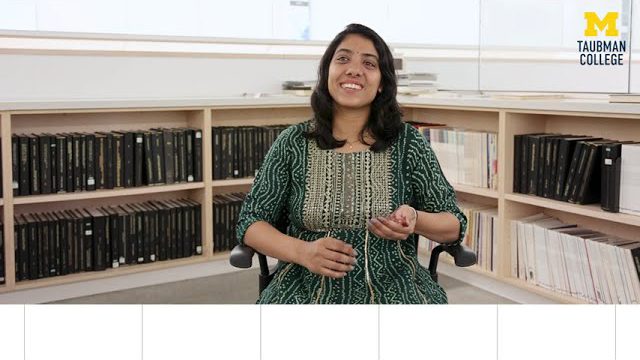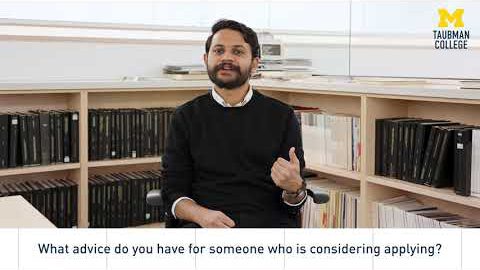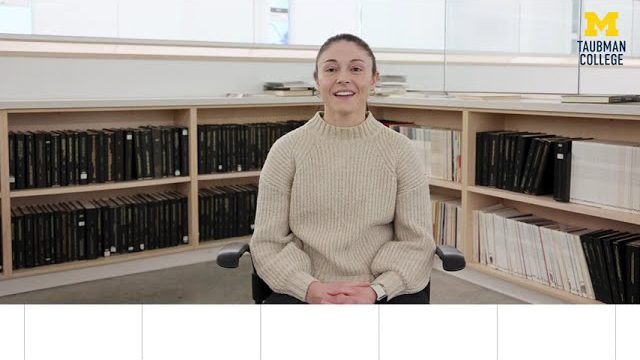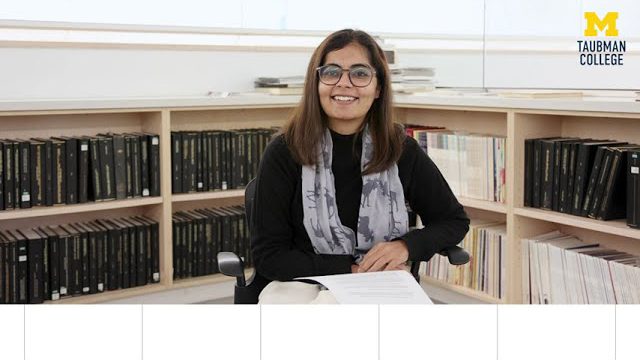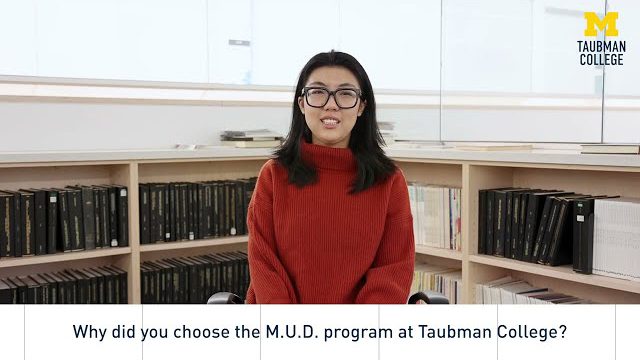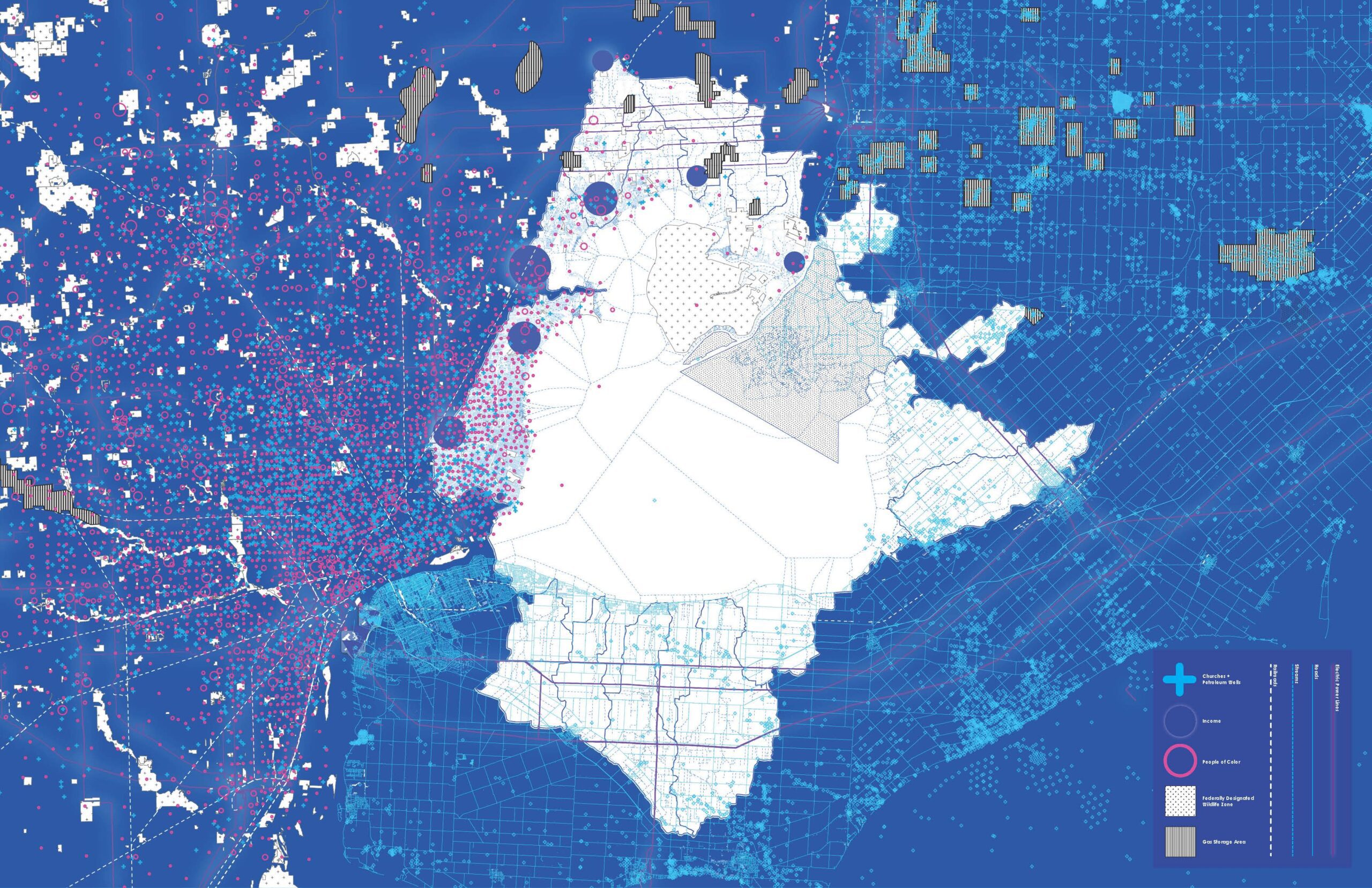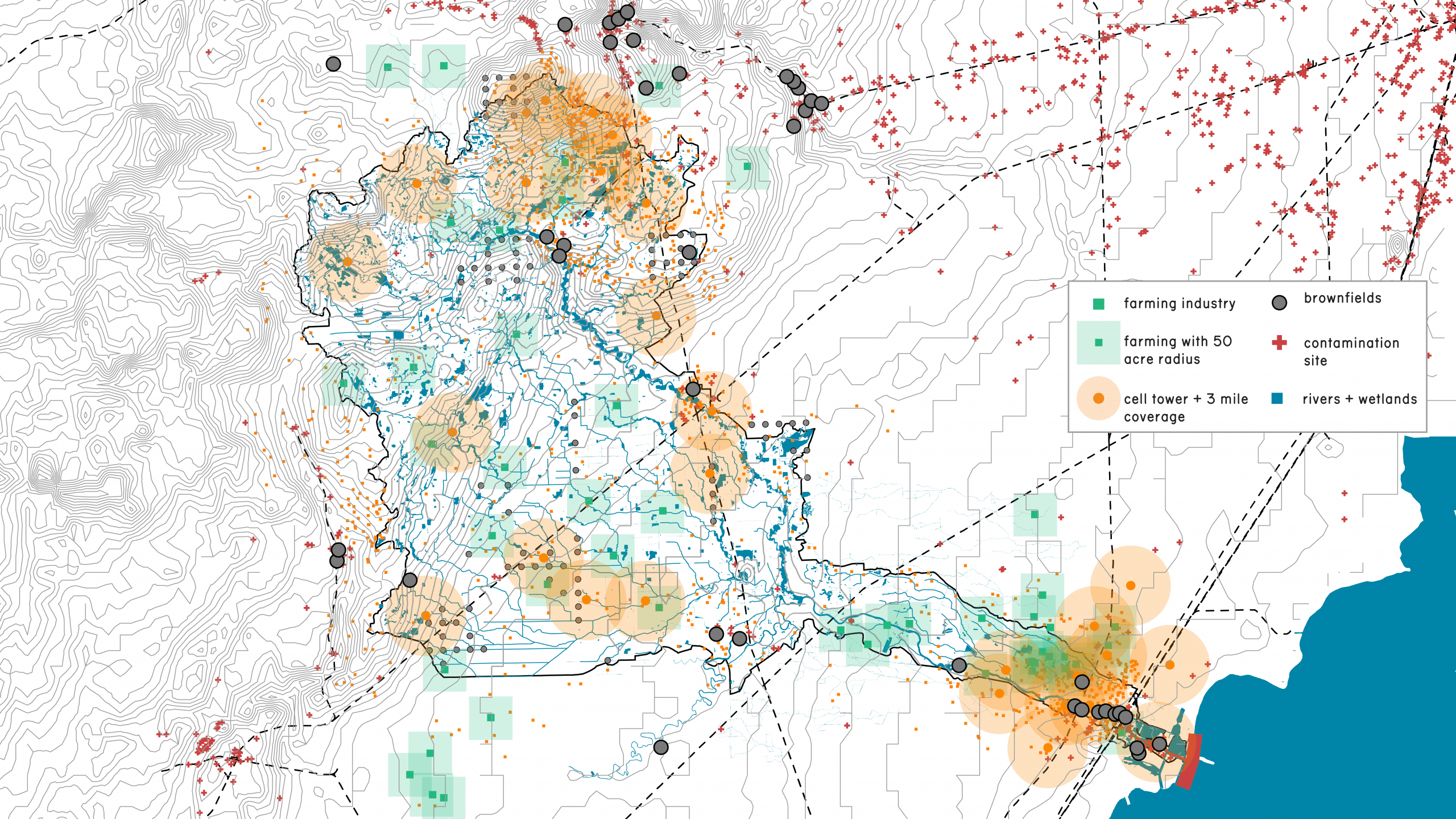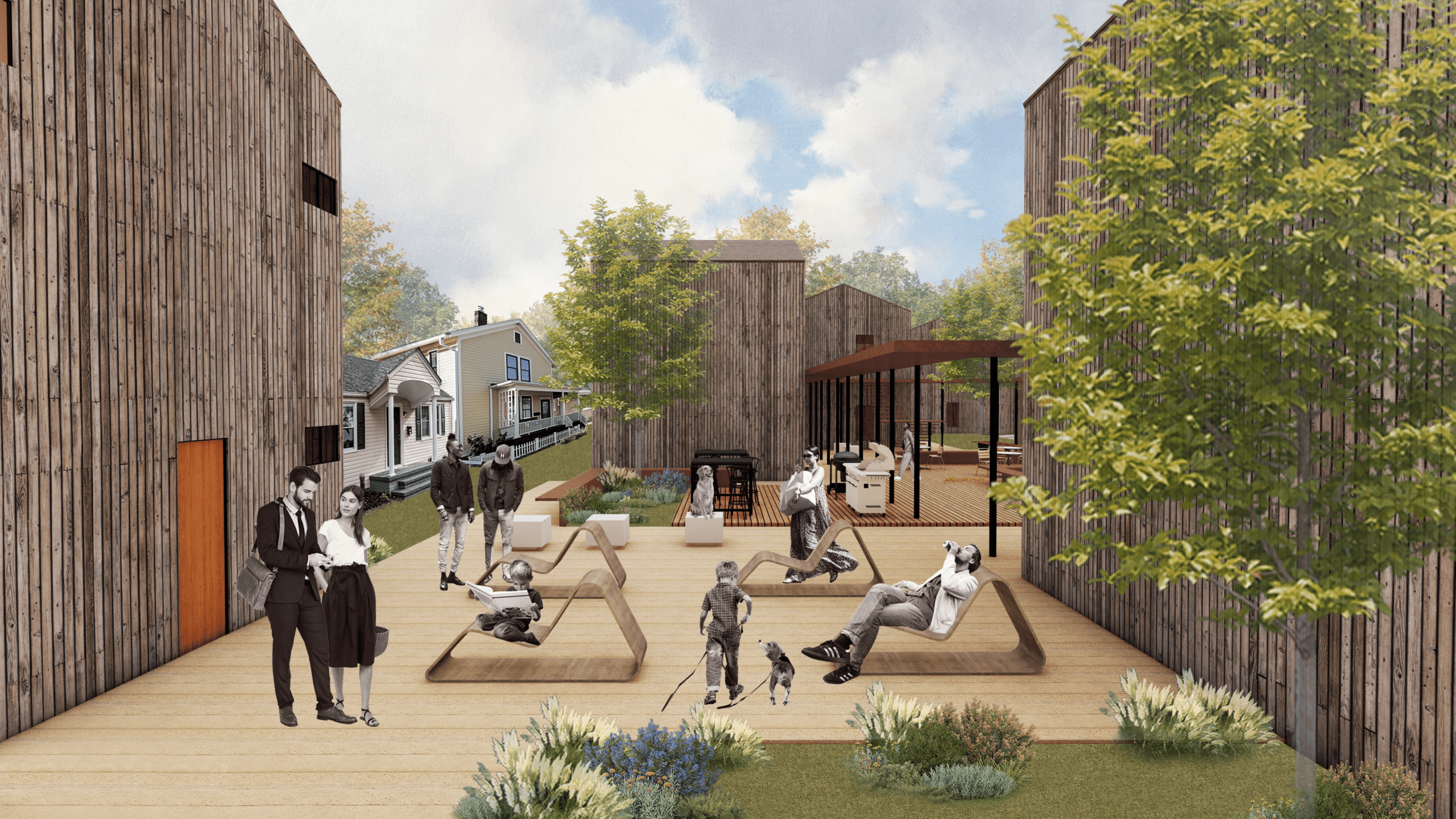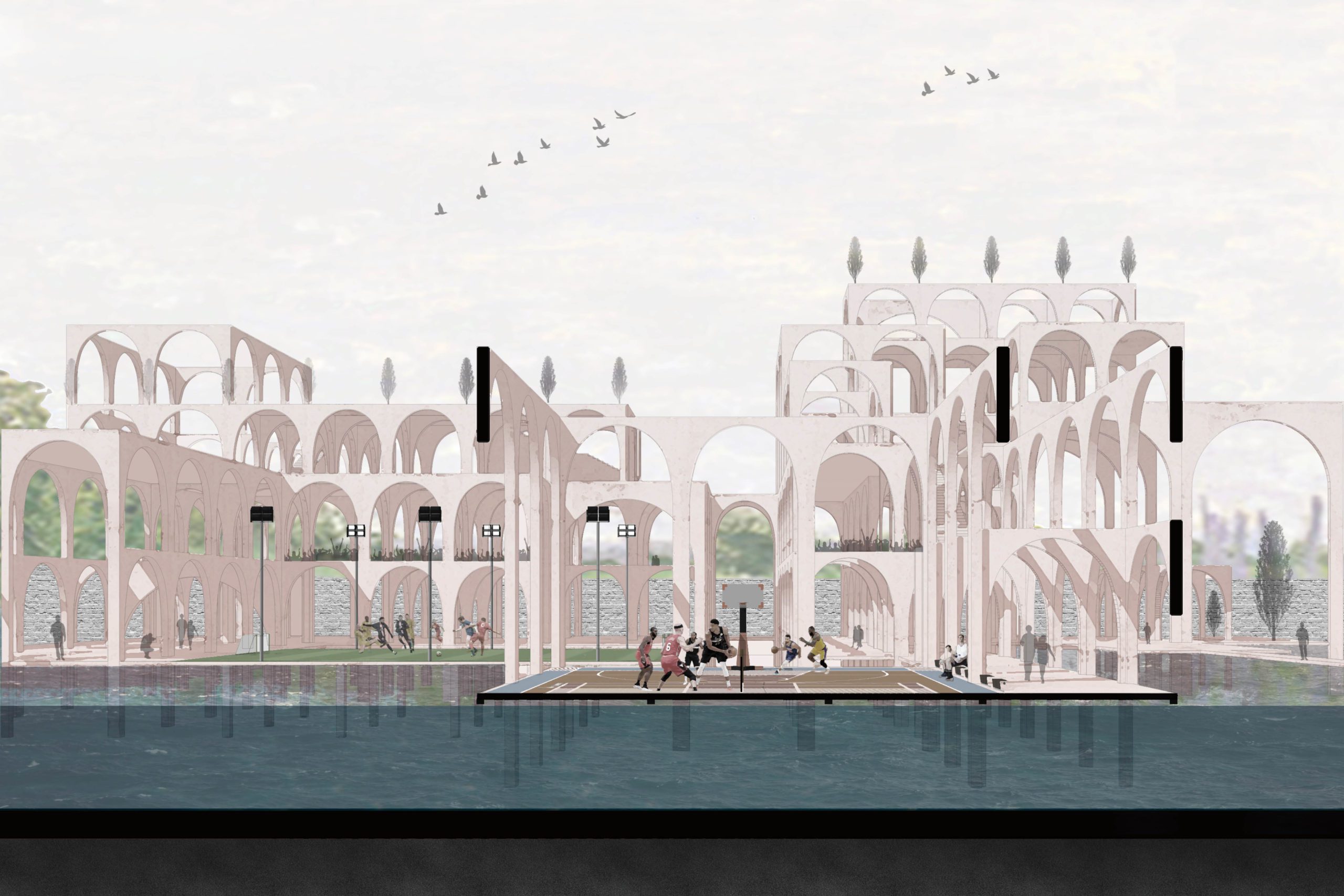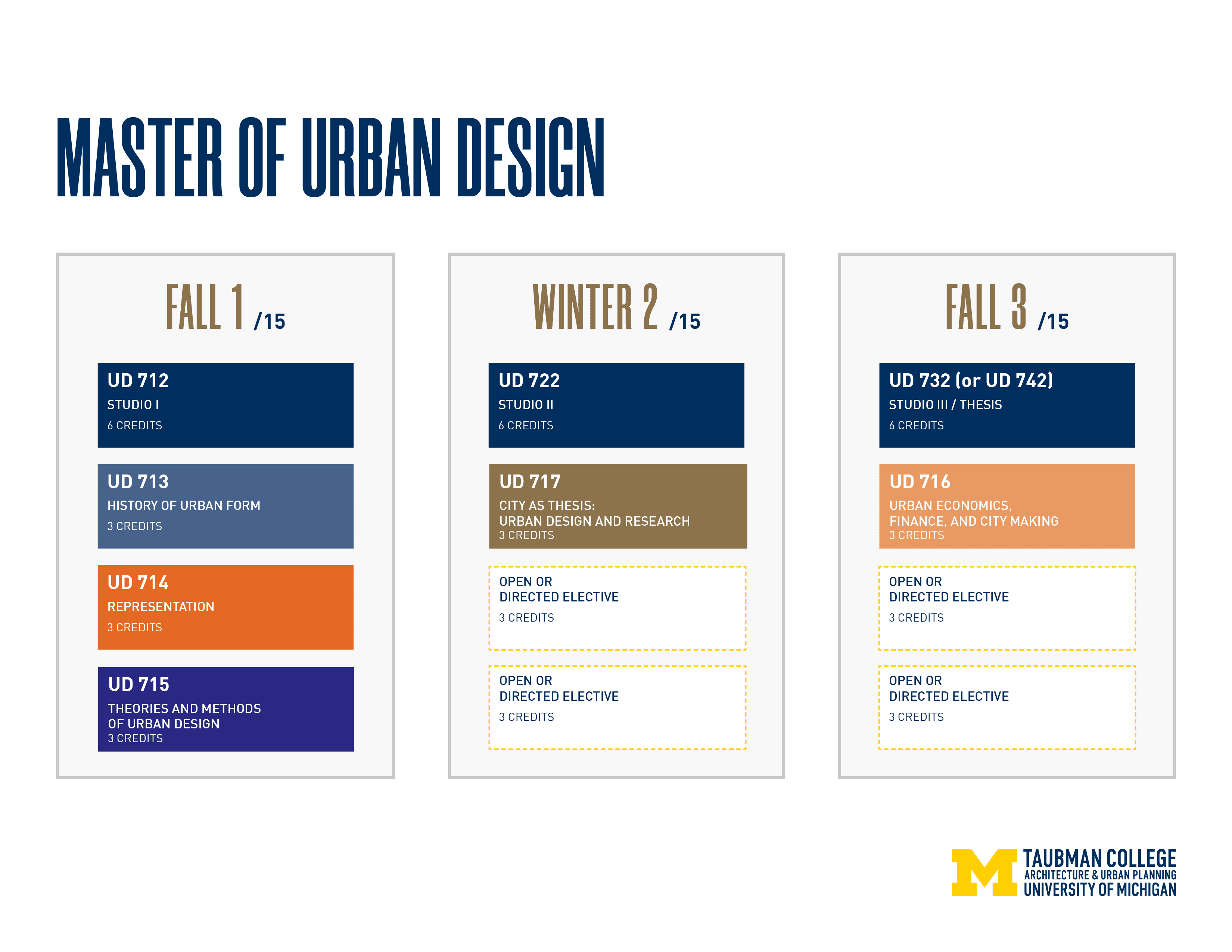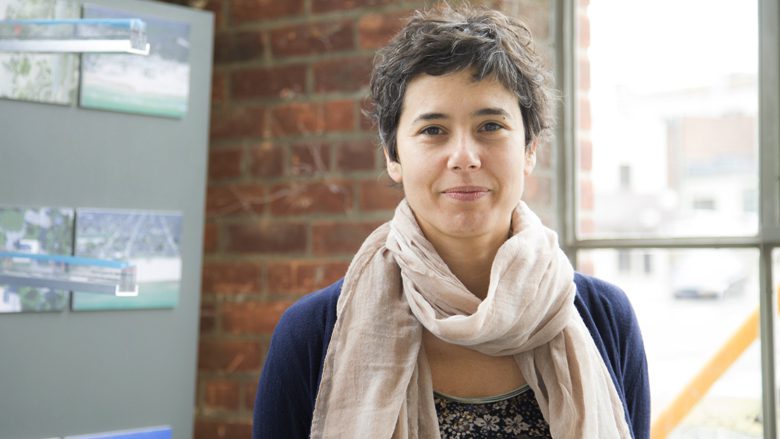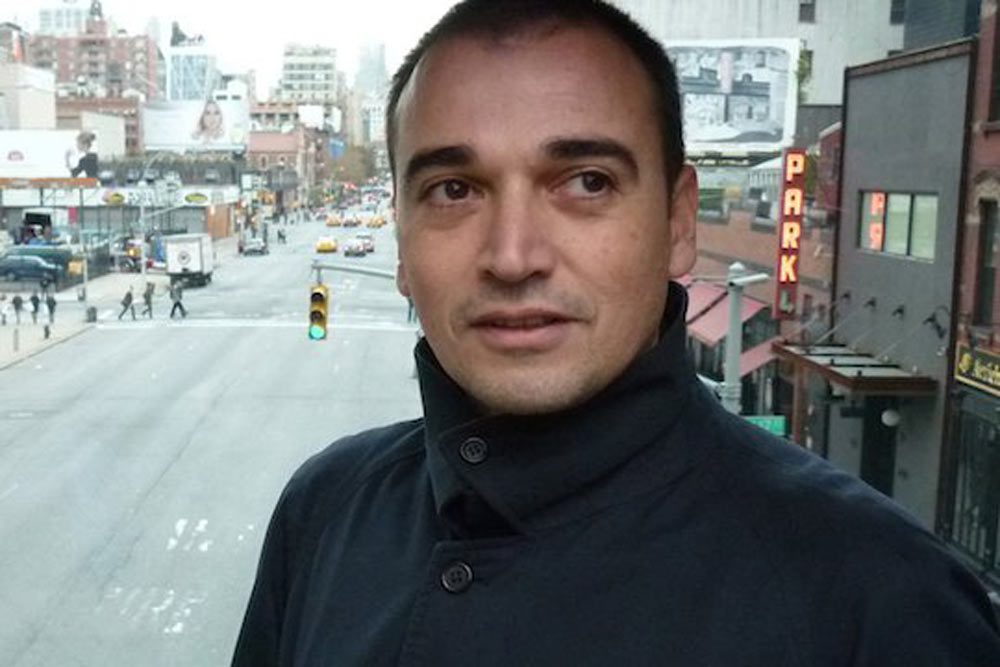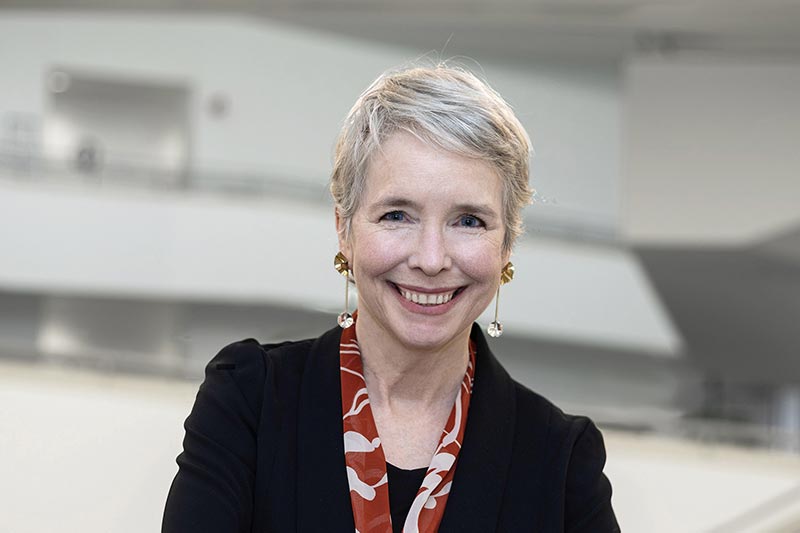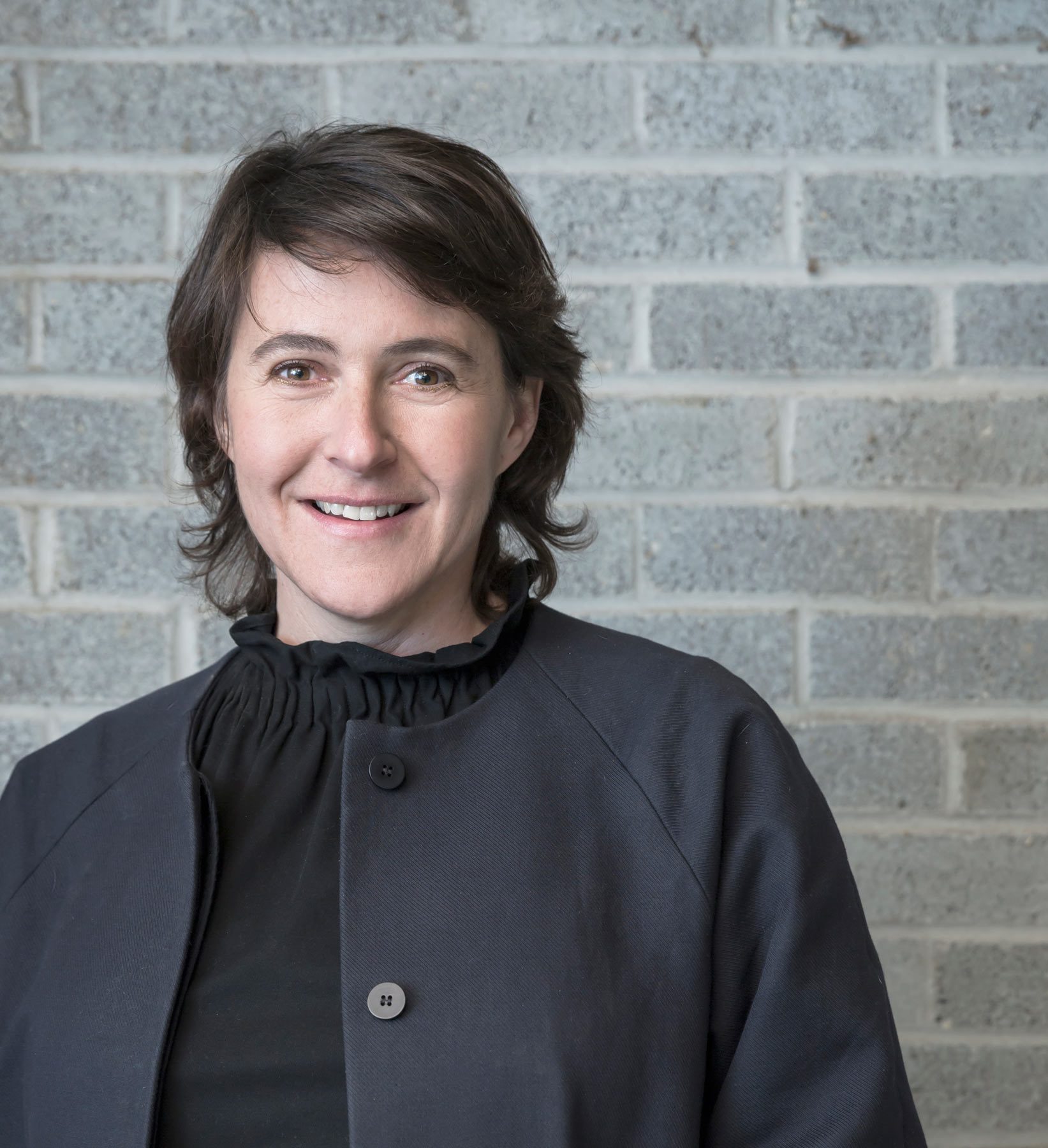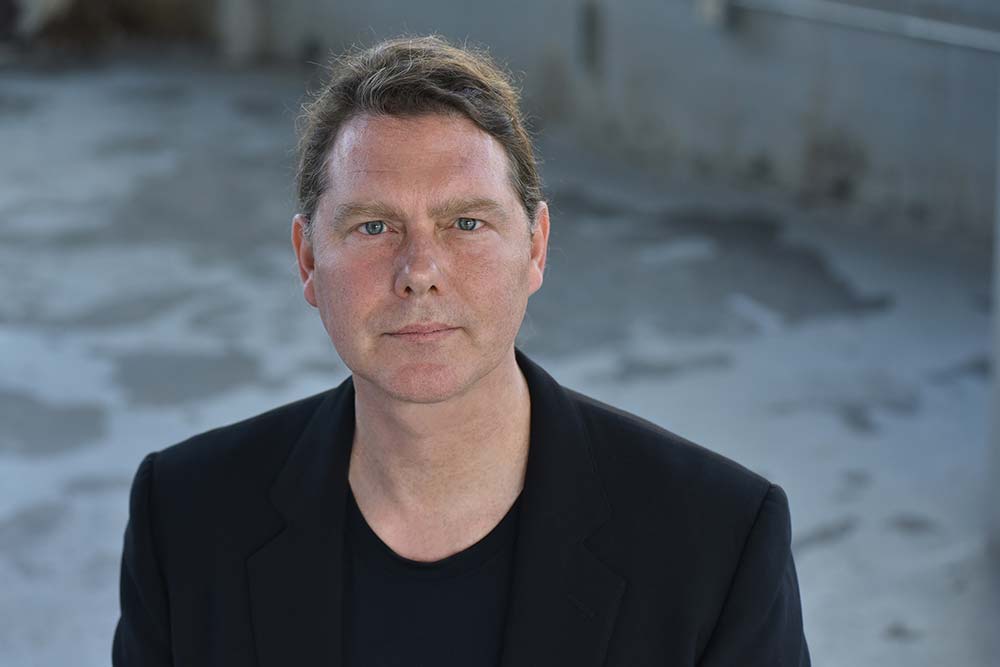Master of Urban Design
Application and Portfolio Deadline:
January 15 annually
Enrollment Deposit and Intent to Enroll Deadline:
April 15 annually
About
The Master of Urban Design (M.U.D.) is a one-and-a-half-year post-professional degree invested in the conceptualization of the complex global processes of urban transformation. The Master of Urban Design (M.U.D.) degree is open to students with professional degrees in architecture, landscape architecture and urban and regional planning.
The M.U.D. is a breeding ground for urban design experimentation, approaching urbanism through multiple scales of inquiry with studio projects prompting both analytical and speculative design work related to regional infrastructure and territory, urban housing, public-private development, urban governance, landscape processes, urban technologies, climate change, resilience, and civic space.
Core Seminars
Research in urbanism is a core focus of the program. A seminar on urban research introduces research methodologies and prepares students to opt for a thesis track, consolidating their own research profiles.
Core seminars on urban finance and development, theories and methods of urban design, policy and urban governance, and the humanities complement the curriculum. Adding to the offerings in the Architecture and Urban and Regional Planning programs at Taubman College, students can advance their personal academic interests taking full advantage of courses in other units across campus.
/ Student Testimonials
External Opportunities
The M.U.D. degree involves travel to a variety of national and international destinations to bring students into direct contact with the communities for whom they will be designing. In their field studies, students exercise their critical thinking skills and cultivate cultural competency as well as a more nuanced examination of local conditions and building practices.
M.U.D. students are encouraged to engage in collaborations with faculty members and advance their own research interests during their time at Taubman College. Through the highly competitive M.U.D. Fellowships, the degree supports this commitment by awarding students research stipends at their time to their admission to Taubman College. Access to our on-site, world-class facilities, including the Fabrication Lab (FABLab) and the Geo-Spatial and Numeric Lab enables students to engage in advanced technological platforms.
Through the access to these resources and the expanded areas of expertise on campus, students gain exposure to a myriad of contemporary global practices and schools of urban thought and cultivate critical design experimentation advancing the agenda of urban sustainability.

/ Degree Requirements
The M.U.D. Program requires 45 academic credits. The program is 3 terms in length consisting of a fall full term (September–December), winter full term (January–April), and fall full term (September-December).
/ Sample Schedule
The studio-based curriculum consists of the following consecutive and thematized studios: Technology (Fall) – Justice (Winter) – Climate (Fall). This set of three urban design studios positions design as the central discipline of urban transformations.
/ STEM Designated Degree Program
The Master of Urban Design degree is an approved field of study within the U.S. government’s official STEM fields list. When a student earns a degree in a field on the STEM fields list, he/she may be eligible for the 24-month Optional Practical Training (OPT) extension. OPT is defined as practical work experience in your field of study after completion of a degree. With a STEM degree, a student’s “regular” OPT of 12 months may be extended for an additional 24 months. For further details regarding STEM extensions contact the International Center.
/ Core Course Descriptions
UD 712: Urban Design Studio I
(6 credits) This core studio introduces a series of design approaches to study complex metropolitan regions and the network of agents in their transformation. Students develop fundamental skills to integrate multi-scalar design strategies and experiment with advanced representation methods, such as GIS, digital video and other technologies. Participants will engage in examining diverse territories and constituencies related to a design project based in Detroit or the Region. During the semester, participants will visit the projects of interests and engage with local practitioners, designers, and policymakers.
UD 713: History of Urban Form
(3 credits) The course offers a study of the historical development of the physical form of western cities from ancient times to the present. The course will deal primarily with European and North American cities under the following headings: Ancient and Classic, Medieval, Renaissance and Baroque, and Modern (nineteenth and twentieth centuries). Cities of Asia, Africa, and Latin America will be included where possible and applicable.
UD 714: Representation
(3 credits) This workshop exercises a wide range of techniques of representation to capture the multi-faceted and transient qualities of the built environment. Urban Design Representation is conceived as a mode of inquiry and spatial thinking and a critical medium for the generation of urban imaginaries and new audiences. Structured around two interrelated components, students engage in making and conceptualizing the discursive capacity of their work.
UD 717: City as Thesis: Urban Design and Research
(3 credits) Cities are mysterious and multifold, seemingly outside the purview of definition and control. However, the class is guided by a contravening precept: to construct an understanding of the city is to already begin its remaking. In applying new (and old) perspectives to the city and its effects, the city becomes design by way of research and speculation. Taking an open-ended approach to the questions of the urban (what it is, how it operates, and who its constituencies are) through a broad survey of approaches and parallel consideration of specific projects (subject to recent events and speaker availability), this course outlines a variety of ways by which to posit the city as both subject and object, as phenomena and proposition. Course participants will study examples of city “theses” in various forms and formats, as well as engage in their own parallel research efforts, culminating in a prospectus for further studies.
UD 715: Theories and Methods of Urban Design
(3 credits) This seminar surveys contemporary theories of urbanism as a lens for understanding urban design discourse and practice. Cities are simultaneously participants in, and resultants of, systems of economy, culture, and power. Accordingly, they can be examined to reveal embedded relationships between urban form and space, the urban publics, and prevailing cultural, economic and political regimes. This course presents an interdisciplinary cross-section of theories of urbanization, drawing from architecture, landscape, planning, urban design, cultural theory, geography, sociology, political science, and ecology, in order to critically examine cities and the methods that have been used in urban design practice globally.
UD 722: Urban Design Studio II
(6 credits) The studio positions urban design as a catalyst of vibrant urban cultural life. Participants will engage in the conceptualization, planning and design of a district-scale intervention while learning from regional and global initiatives of urban revitalization. Design work is expected to build upon intelligence gained from the previous semester’s work. Prerequisite: Satisfactory completion of UD 712.
UD 716: Urban Economics, Finance, and City Making
(3 credits) This seminar covers urban economics and real estate finance concepts through the study of integrated approaches to project development. The seminar provide an overview of public and private development strategies in contemporary urbanization logics. Private investment issues include market feasibility, valuation and risk, and project financing and complex deal structuring. Public investment issues include community benefits agreements, social housing, pricing of urban infrastructure and public transport, public sector development, legal, policy, planning and inclusionary zoning issues. The course seeks to build proficiency in a cohesive model of project development that accounts for multiple perspectives in city making.
UD 732: Urban Design Studio III
(6 credits) This studio draws upon the research, cultural investigations, technical study and design work developed during the first year. Participants will engage in a faculty-led project or a student formulated design thesis (upon faculty approval) structured to focus on specific research and developed for dissemination to a broad audience. The specific vehicle for project dissemination will vary annually and with the subject of focus, and may include a publication, exhibition; colloquia and symposia with invited thought-leaders from relevant disciplinary domains. Prerequisite: Satisfactory completion of UD 722.
UD 742: Urban Design Thesis
(6 credits) Students opting for Thesis as the culmination of the academic course of study will draw upon the research, cultural investigations, technical study and design work initiated during the first two terms. Participants will focus on a specific urban research subject of their choosing in consultation with core faculty in the M.U.D. degree. Project dissemination will vary annually and may include a publication, exhibition: colloquia and symposia with guests from relevant disciplinary domains.
ELI 530
Students who are non–native English speakers and do not have a four-year degree from an English-medium institution are required to take and successfully complete ELI 530, a two-credit hour architecture-specific English course offered by the English Language Institute (ELI) at U-M in their first fall term. ELI 530 is taken in addition to their regular architecture coursework and does not count toward degree requirements.
/ Potential Elective Courses
This is a tentative list of courses meeting electives areas of focus, and taught at Taubman College. Apart from these courses, you can also enroll in other schools on campus. As offerings change every year, prepare in advance and discuss with your advisors a good strategy to meet your interests.
Potential courses to fulfill directed elective in Ecology, Landscape, Sustainability
ARCH 509: High Density
ARCH 515: Sustainable Systems
ARCH 555: Building Systems and Energy Conservation
ARCH 565: Research in Environmental Technology
ARCH 575: Building Ecology
URP 527: Sustainable Food Systems
URP 542: Environmental Planning: Issues and Concepts
URP 552: Healthy Cities: Planning and Design
Potential courses to fulfill directed elective in Policy, Law, Institutions
ARCH 509: Public Design Corps
URP 502 or URP 503: Planning Institutions and Law
URP 525: Regional Planning
URP 542: Environmental Planning
URP 543: State and Local Land Management
URP 560: Transportation and Land Use Planning
URP 561: Public Policy and Transportation
URP 570: Urban and Regional Planning in Developing Countries
URP 571: Comparative Urban Policy
URP 572: Comparative Housing, Property, and Law
URP 581: Housing Policy and Economics
URP 582: Neighborhood Planning
/ Faculty Teaching Core Courses
Career
Taubman College Career and Professional Development offers a variety of programs, services and resources to assist students and alumni in exploring careers, securing positions and continuing skill development and management.
For additional information on career opportunities, visit our career and professional development page.
/ Frequently Asked Questions
How do I know if I am eligible to apply to the post-professional M.U.D. degree?
Applicants to the Master of Urban Design (M.U.D.) degree, should already possess one (or more) of the following degrees:
- 5-year Bachelor of Architecture, Bachelor of Landscape Architecture, and Bachelor of Urban Planning
- Master of Architecture, Master of Landscape Architecture, Master of Urban Planning, or their international equivalent.
Do I need to submit GRE scores?
No. Effective for 2022 applicants and beyond, Graduate Record Examination (GRE) scores are no longer required nor considered for admission to all graduate programs, including the Master of Urban Design, at Taubman College.
Where do I submit my portfolio?
The portfolio is required and is submitted through Slideroom. There is a $6 fee to submit your portfolio. Slides, CDs, URLs, and hard copy materials will not be accepted.
What should I include in my portfolio?
View the portfolio content guidelines.
Do I need an official transcript to apply?
No. Taubman College only requires official transcripts from those students accepting our offer of admission. Applicants will scan and upload an unofficial transcript or certified credentials (scanned from original transcripts) from all universities, colleges, community colleges, study abroad, and summer programs attended.
Is there an interview process?
Yes. As part of the competitive process of evaluation, the Admissions Committee will conduct personal interviews with each applicant. Interviews are arranged after the deadline and applications have been reviewed.
My English proficiency score doesn’t meet the minimum requirement, can I still apply?
Yes, you can still apply. However, Taubman College doesn’t provide conditional admission. We encourage you to retake the test until you receive the minimum score.
How much does the M.U.D. program cost?
View the breakdown of the estimated cost of attendance.
What do I include in my statement of purpose?
Please write a concise statement outlining your reasons for applying to Taubman College’s Master of Urban Design degree. Your ideas should be clear, well stated, and specific. The following questions serve only as a guide.
Are there dual degree options?
Yes. There are two (2) formal dual degree programs:
- Master of Architecture/Master of Urban Design
- Master of Urban and Regional Planning/Master of Urban Design
Students also have the opportunity to pursue student-initiate dual degrees with a wide range of other programs. Students wishing to pursue a dual degree program other than those described are advised to contact the college registrar. Requests are approved on an individual basis. Find more information about Dual Degrees.
What types of financial resources are available to me?
There are several different opportunities available to students including Taubman College merit-based scholarships, Taubman College need based grants, federal financial aid awards, and more. To learn more about financial aid and scholarships please visit: https://taubmancollege.umich.edu/architecture/admissions/financial-aid-and-scholarships/master-urban-design-mud
When will I receive my admission decision?
Applicants will be notified of their admission decision by late-February or early March. If you are admitted, you will be able to see that you have been recommended for admission via the online Wolverine Access web application status portal. Decision letters are sent via email. Any merit scholarship award decisions made by the Architecture Program will be noted in the letter of admission.
When do I need to enter my decision?
April 15th. Students choosing to accept admission to the Master of Science must pay a $500 enrollment deposit. Payment may be completed online by echeck through Wolverine Access, credit card, or in the form of a check or money order (in US dollars) made payable to University of Michigan. This deposit reserves your space in the program. The $500 payment will be credited to your student account and applied toward your tuition.
Are there any resources available for International Students to support with questions related to visa application, health insurance or Life in Ann Arbor?
Yes. The Website of the International Center at the University of Michigan offers helpful resources for incoming international students related to topics such as Immigration and Visas, Health Insurance and Housing or Local Transportation.
Where can I find more information regarding the University’s COVID-19 vaccination requirements, safety and prevention efforts and testing programs?
Please refer to https://campusblueprint.umich.edu/ for latest news on the coronavirus situation on campus and the COVID-19 policies currently in place for students and faculty.
/ Gradient
Gradient is an online platform for current conversations in architecture and urbanism at Taubman College and beyond. The journal highlights the wide variety of expertise and methods and diverse ways of designing and theorizing the built environment’s role in the world. Project Papers further spotlight the intellectual diversity of our internationally recognized faculty.
/ Paying for your Degree
Making decisions about the next step in your educational journey is a time full of opportunity and potential; however, it may also be accompanied by concerns regarding paying for your degree. There are numerous financial resources to help you manage tuition and living expenses.
Alumni Profile
Wilson Qian
M.U.D. ’12,
Project Manager for Urban Design / Senior Urban Designer, AECOM
Alumni Stories

